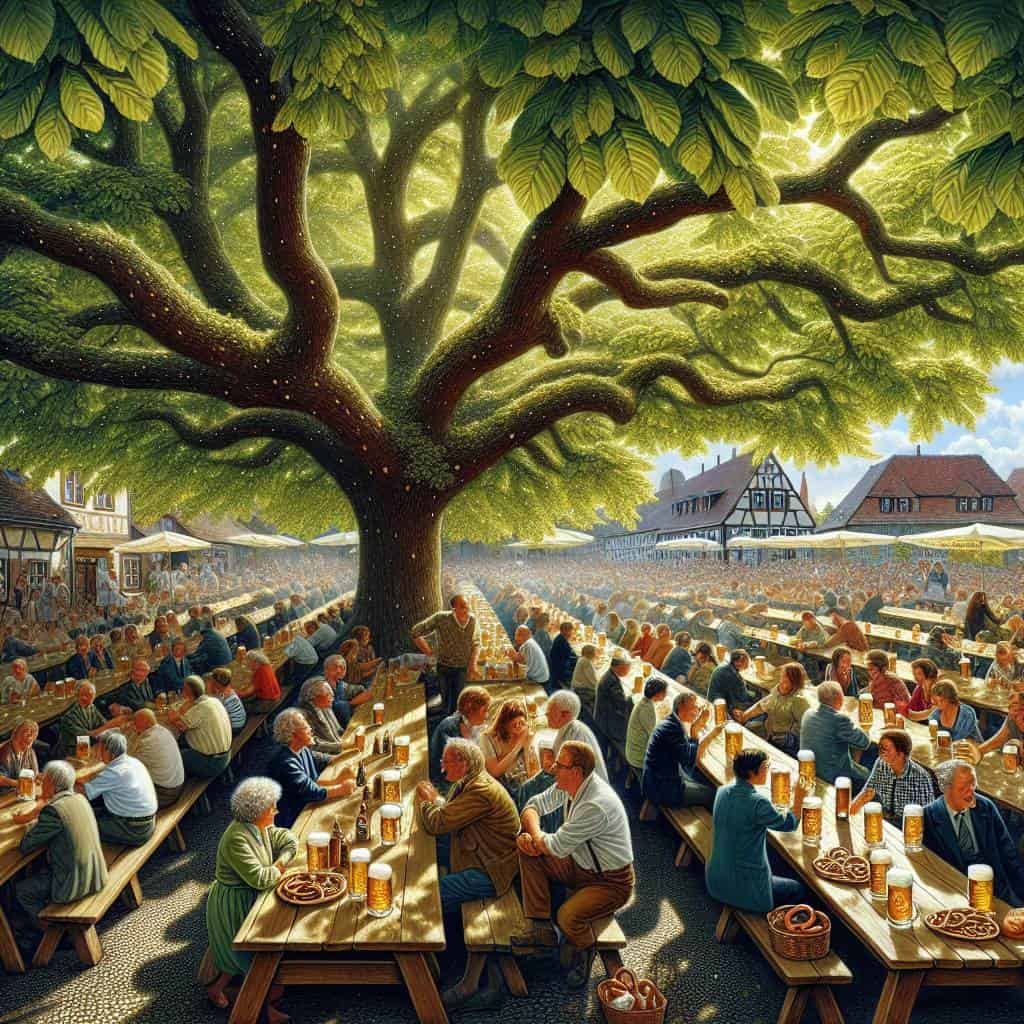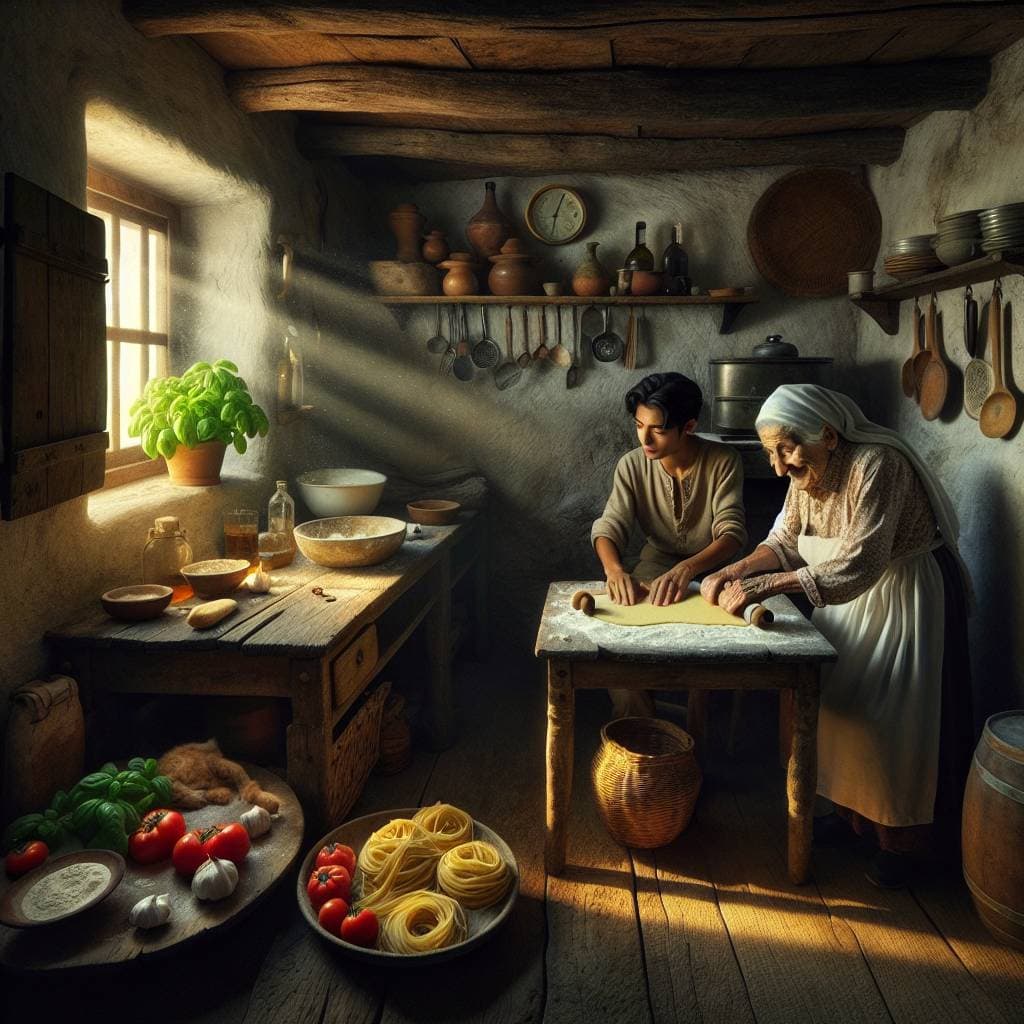I once found myself in a German beer garden, ostensibly to soak up the culture, but really, let’s be honest, I was trying to nurse a hangover with a pint of something strong enough to recalibrate my life choices. As I sat there under the sprawling chestnut tree, nursing my existential crisis as much as my beer, it struck me—there’s something oddly therapeutic about these gardens. Maybe it was the communal tables that forced strangers into awkward conversations or the relentless clinking of steins that felt like a metronome for the chaos around me. Either way, I realized that understanding a beer garden is less about the beer and more about embracing the beautiful mess of humanity that gathers under those trees.

So, what can you expect from this article? We’re going to cut through the frothy clichés and get to the heart of why these gardens are more than just tourist traps. I’ll guide you through the traditions, share what you absolutely should—and shouldn’t—order, and, most importantly, help you find the best spots to experience the unfiltered charm of a German beer garden. Forget the guidebook fluff; this is about engaging with the culture, one pint at a time.
Table of Contents
The Art of Ordering: Navigating Tradition and Chaos in German Beer Gardens
Let’s face it: ordering in a German beer garden is both an art and a test of survival instincts. You’re not just picking a beer; you’re stepping into a world where tradition locks horns with chaos. Picture this: you’ve found yourself in the midst of a bustling beer garden, where locals with centuries of beer-drinking pedigree mingle effortlessly. The air is thick with clinking steins and laughter, and you’re handed a menu that feels more like a cryptic map. This is not a time for hesitation. You dive in, scanning for familiar words—Pilsner, Weissbier—anything to anchor you. But here’s the catch: if you really want to blend in, it’s about knowing which brew speaks to the season, or even the time of day. Don’t be that person who orders a light Radler when the sun’s dipping below the horizon.
And then there’s the food. Oh, the glorious, artery-clogging food. It’s a rite of passage to pair your drink with something substantial, something that could double as a weapon in a medieval brawl. Pretzels the size of your face, schnitzels that laugh in the face of portion control, and sausages that could make a vegetarian weep. But tradition is a fickle beast. While you might think you’re supposed to order the most German-sounding dish to impress your companions, the locals know it’s about the perfect marriage of flavors. Your beer should complement your food in a way that makes the whole affair feel less like a meal and more like a cultural ritual. So, you sit there, under that chestnut tree, sipping your beer, questioning your life choices, and realizing that perhaps, amidst the chaos, you’ve found a slice of order after all.
Under the Chestnut Tree: Revelations in a Stein
To truly understand a German beer garden, it’s not about what you order or the traditions you follow—it’s about finding a sliver of culture nestled between the laughter and the clinking of steins.
The Last Sip: My Reckoning with German Beer Gardens
Wandering through the maze of benches and boisterous banter, I found more than just the best brew or the perfect balance of hops. I found a glimpse of a culture unapologetically rooted in tradition yet incredibly alive with the chaos of spontaneity. It’s not about the beer—or at least not just about the beer. It’s about the stories shared over clinking steins, the unspoken camaraderie of strangers, and the peculiar harmony in ordering a pretzel the size of your head while debating the merits of pilsner versus weizenbier. Each visit is a nod to the past, a celebration of the present, and an unspoken promise that you’ll return.
In the end, understanding German beer gardens wasn’t just a cultural pursuit; it was a journey through my own perceptions of what community means. It’s easy to get lost in the noise—both literal and metaphorical—but there’s clarity in the clatter of mugs and the laughter of people genuinely living in the moment. These gardens are a testament to the fact that sometimes, the most profound experiences are found in the simplest settings. So, if you haven’t yet planted yourself at one of these wooden tables, questioned your existence under a chestnut tree, and walked away with a story, have you truly tasted the essence of Germany?


